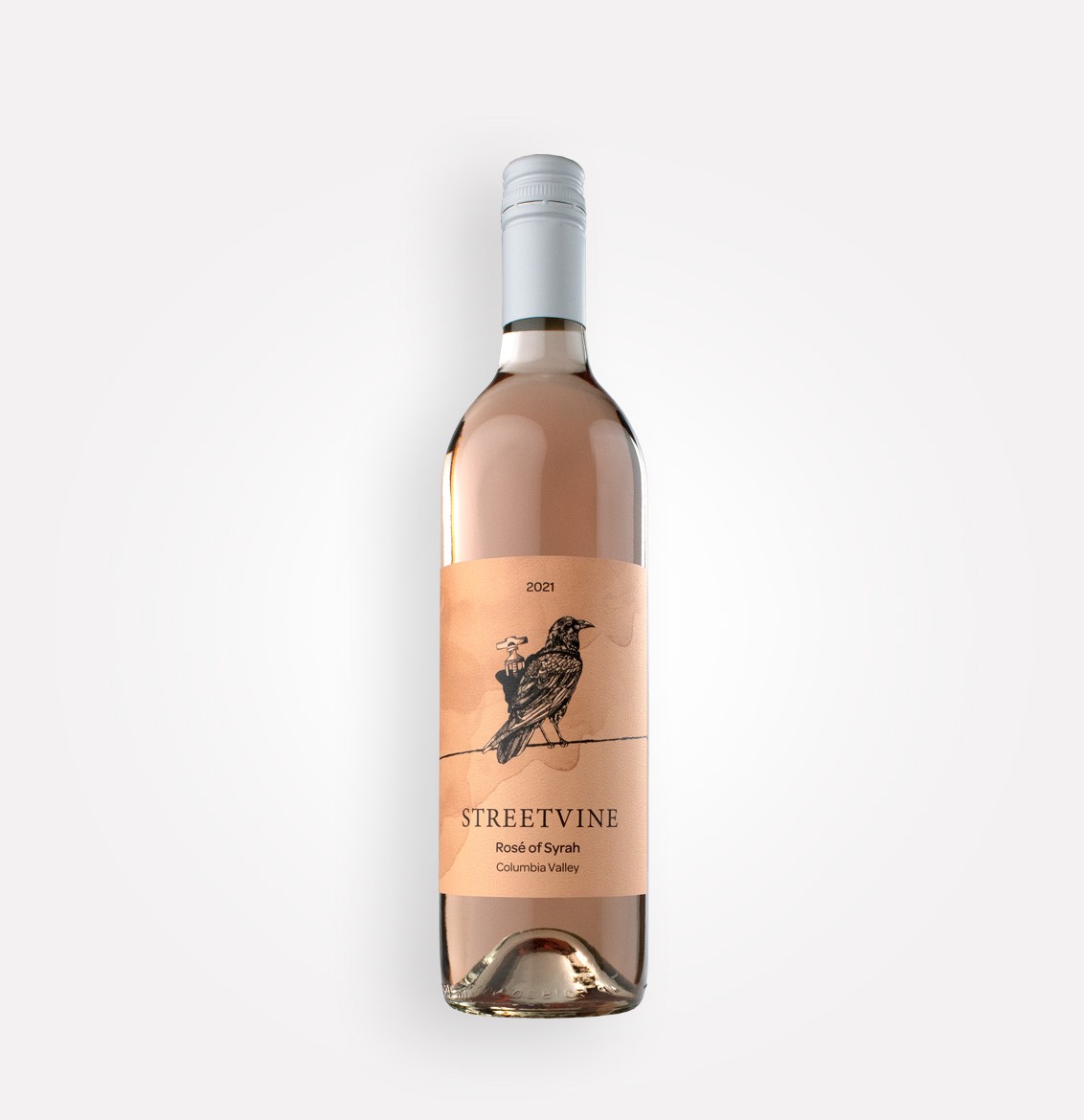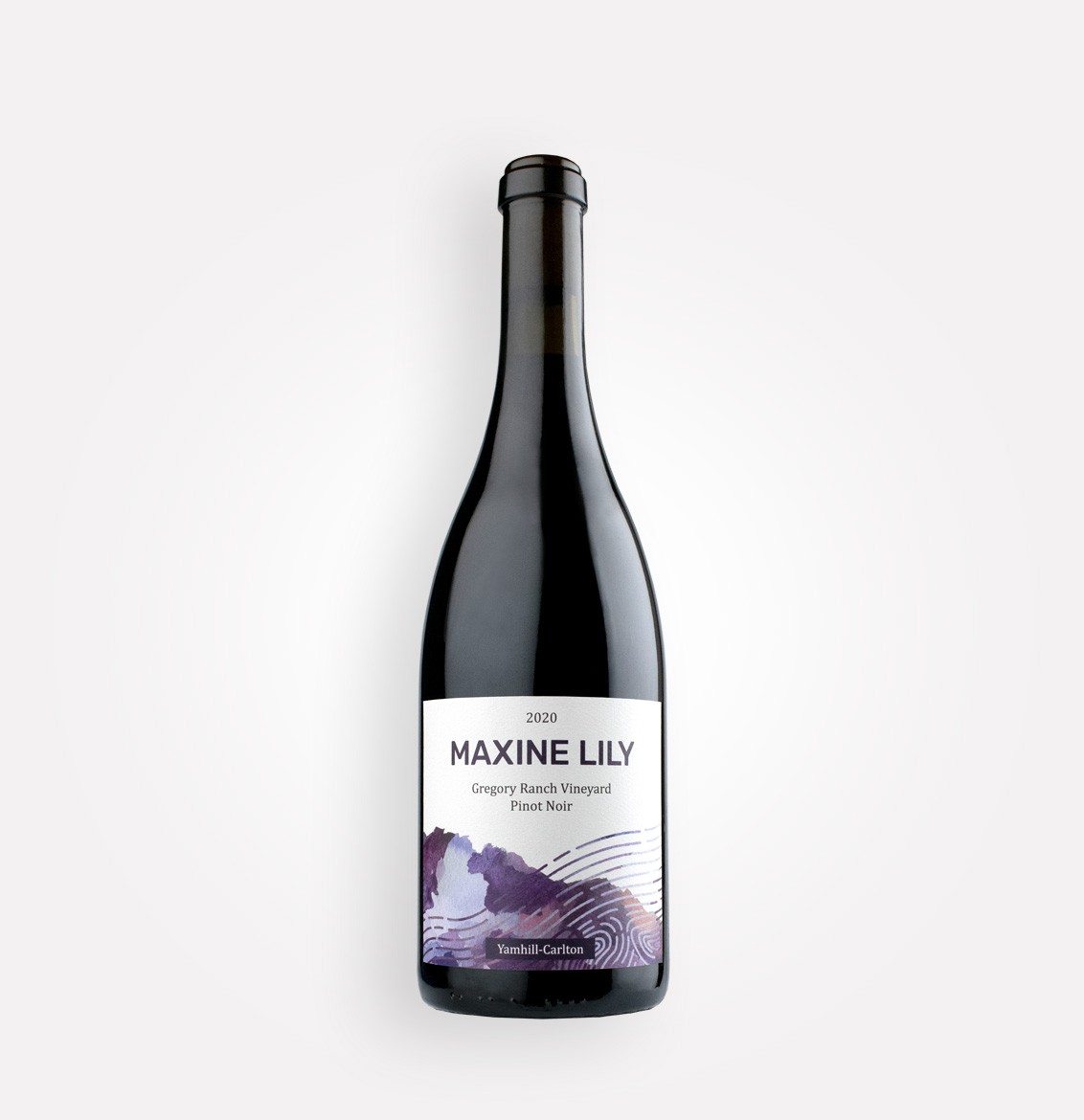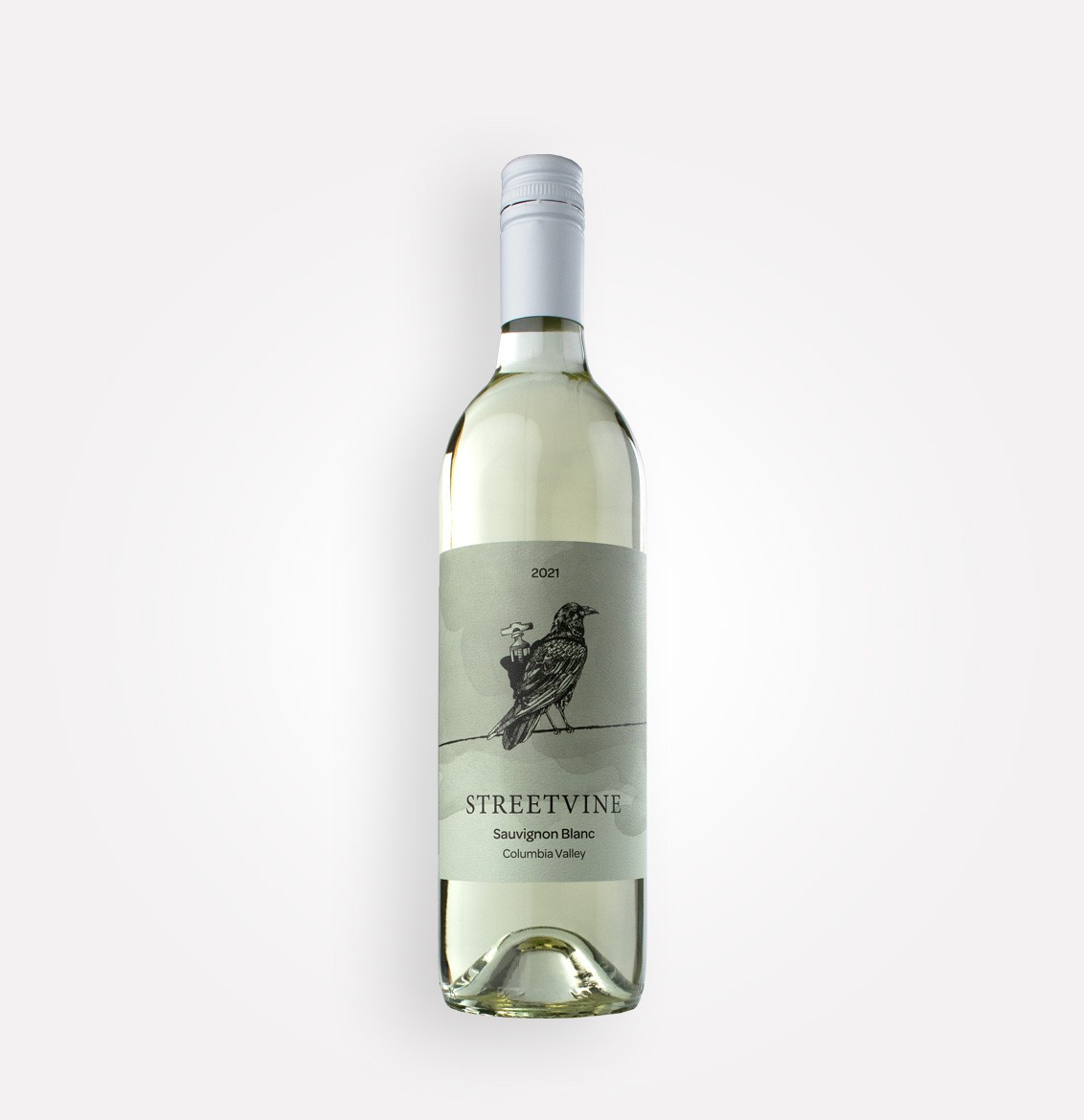Chardonnay is easily one of the most recognized wines around the world
The notoriety of Chardonnay wine comes in part thanks to its versatility in producing vastly different wines depending on where it’s grown. In addition, it’s celebrated for crafting arguably the world’s most outstanding white wines in the Bourgogne region of France, in the Côte de Beaune.
Originating in the Mâcon region in the 17th century and widely planted across France in the Bourgogne and Champagne, Chardonnay is the child of the most ancient grapes, Pinot Noir, the now obsolete Gouais Blanc.
Chardonnay is adaptable
Since its inception in France, it is now grown worldwide and makes a variety of good wines. Chardonnay is a very neutral grape, which helps it tell the stories of the regions it’s grown in and adapt to each climate with unique characteristics of the area.
One of the most commonly discussed points relating to Chardonnay is aging. It is commonly aged in oak, which gives off the classic buttery, creamy flavor that makes so many California Chardonnays recognizable. In addition, since Chardonnay is a neutral grape, the oak aging process adds complexity to the wine.
Chardonnay from France
In France, where Chardonnay is grown in cool climates on marine sedimentary limestone and clay, the wines tend to be restrained, subtle, and elegant. There are two styles of French Chardonnay, Chablis, that will express the soil’s minerality, be dry, and have notes of stone fruit. The other, traditional Côte de Beaune, will still be dry but will express vanilla, hazelnut, lemon curd, and more baked good flavors.
In addition to being an immensely popular wine to drink as it is, Chardonnay plays a large part in some of the most iconic Champagnes and sparkling wines around the world. When you order a Blanc de Blancs Champagne, you’re drinking white grapes solely. If you compare those bubbles to its still version, you can see the versatility of the grape and the instrumental part that each winemaker plays.
Chardonnay from California
In California, there are many different expressions of this wine. Most will be medium to full-bodied with tropical fruit flavors. If this doesn’t seem familiar to you, you’re likely drinking an oaked Chardonnay. These wines, aged in oak barrels, tend to bring out a creamy, buttery flavor in the wine.
Chardonnay from the Pacific Northwest
A newer grape on the Washington State wine scene grows on ancient igneous soils and is a robust, full-bodied wine. These wines are more delicate, with apple and other orchard fruits notes. Some winemakers will age the wine lightly in oak barrels for a hint of vanilla or butter.
In the Willamette Valley of Oregon, another cool climate for growing, the wines are elegant but aromatic, with good ripeness and restraint. The fresh acidity of an Oregon Chardonnay is balanced with green and yellow fruit flavors, sometimes hints of tropical fruit.
Chardonnay’s expressive nature makes it a perfect grape to tell the story about where it was grown. So join us on a journey exploring the various expressions of this iconic grape!



